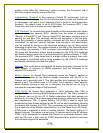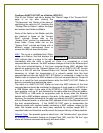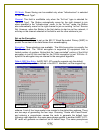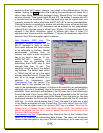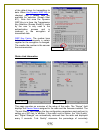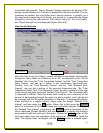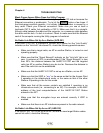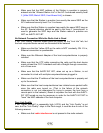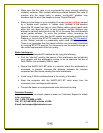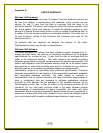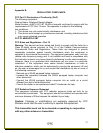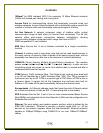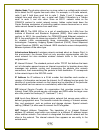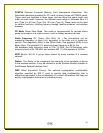
25
Hidden Node The situation where two or more radios in a multiple-radio network
fail to detect the RF signals from each other. For example, in a 3-radio network,
radio 2 and 3 both have good link to radio 1. Radio 2 and 3, however, are
isolated from each other by, say, a metal wall. Radio 2 therefore is a “hidden
node” to radio 3, and vice versa. Since an 802.11 network relies on the
CSMA/CA protocol to control network access, hidden nodes break down the
Carrier Sensing mechanism of controlling medium access because two or more
radios cannot sense the carrier from each other.
IEEE 802.11 The IEEE 802.xx is a set of specifications for LANs from the
Institute of Electrical and Electronic Engineers (IEEE). Most wired networks
conform to 802.3, the specification for CSMA/CD-based Ethernet networks or
802.5, the specification for token ring networks. 802.11 defines the standard
for wireless LANs encompassing three incompatible (non-interoperable)
technologies: Frequency Hopping Spread Spectrum (FHSS), Direct Sequence
Spread Spectrum (DSSS), and Infrared. IEEE standards ensure interoperability
between systems of the same type.
Infrastructure Network A wireless network centered about an Access Point. In
this environment, the Access Point not only provides communication with the
wired network but also mediates wireless network traffic in the immediate
neighborhood.
IP Internet Protocol. The standard protocol within TCP/IP that defines the basic
unit of information passed across an Internet connection by breaking down data
messages into packets, routing and transporting the packets over network
connections, then reassembling the packets at their destination. IP corresponds
to the network layer in the ISO/OSI model.
IP Address An IP address is a 32-bit number that identifies each sender or
receiver of information sent across the Internet. An IP address has two parts: the
identifier of a particular network on the Internet and an identifier of the particular
device (which can be a server or a workstation) within that network.
ISP Internet Service Provider. An organization that provides access to the
Internet. Small ISPs provide service via modem and ISDN while the larger ones
also offer private line hookups (T1, fractional T1, etc.).
LAN Local Area Network. A communication network that serves users within a
defined geographical area. The benefits include the sharing of Internet access,
files, and equipment, such as printers and storage devices. Special network
cabling (10BaseT) is often used to connect the PCs together.
NAT Network Address Translation. The translation of an Internet Protocol
address (IP address) used within one network to a different IP address known
within another network. One network is designated the internal network and the
other is the external. The internal network then appears as one entity to the
outside world.



